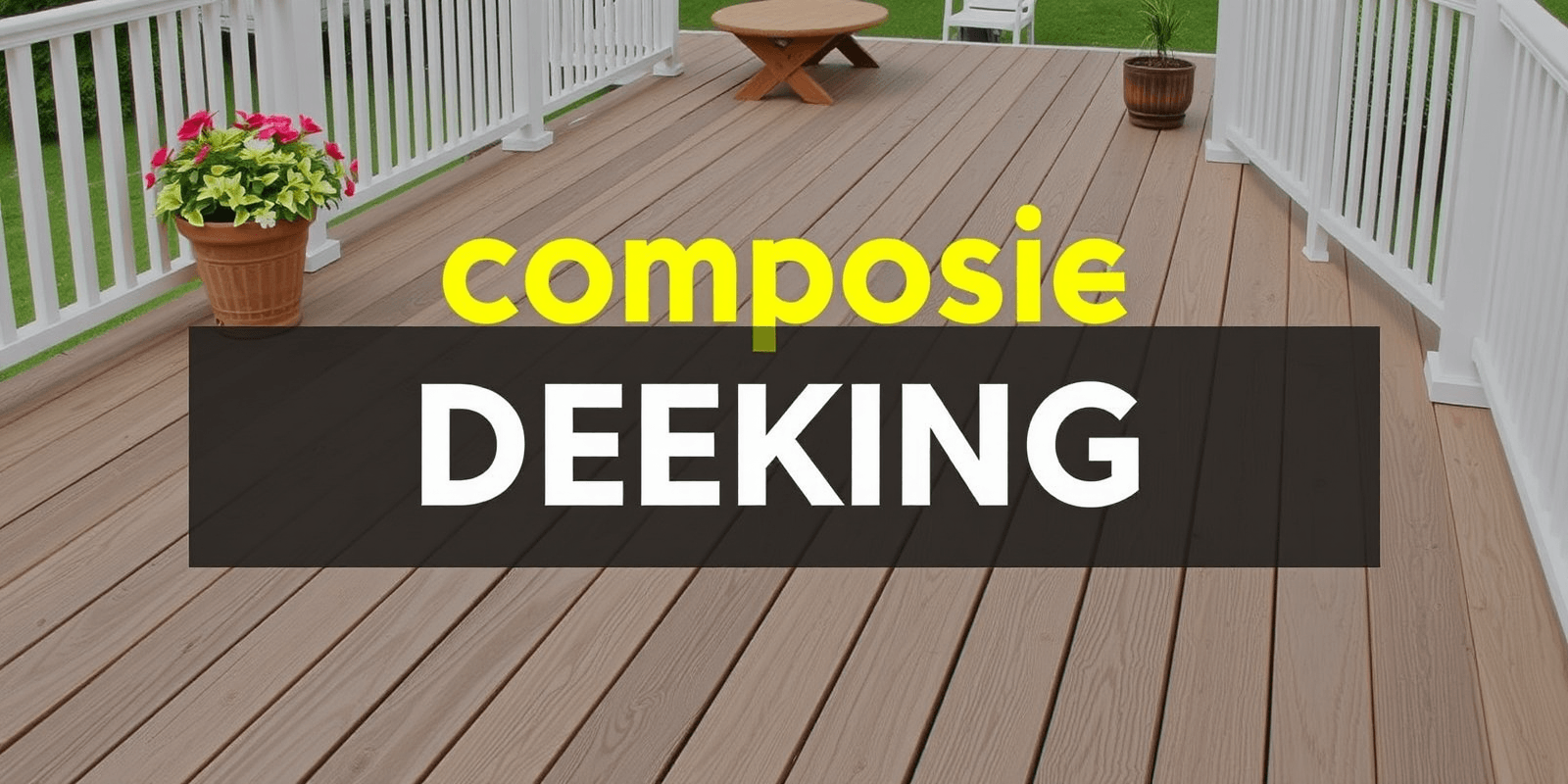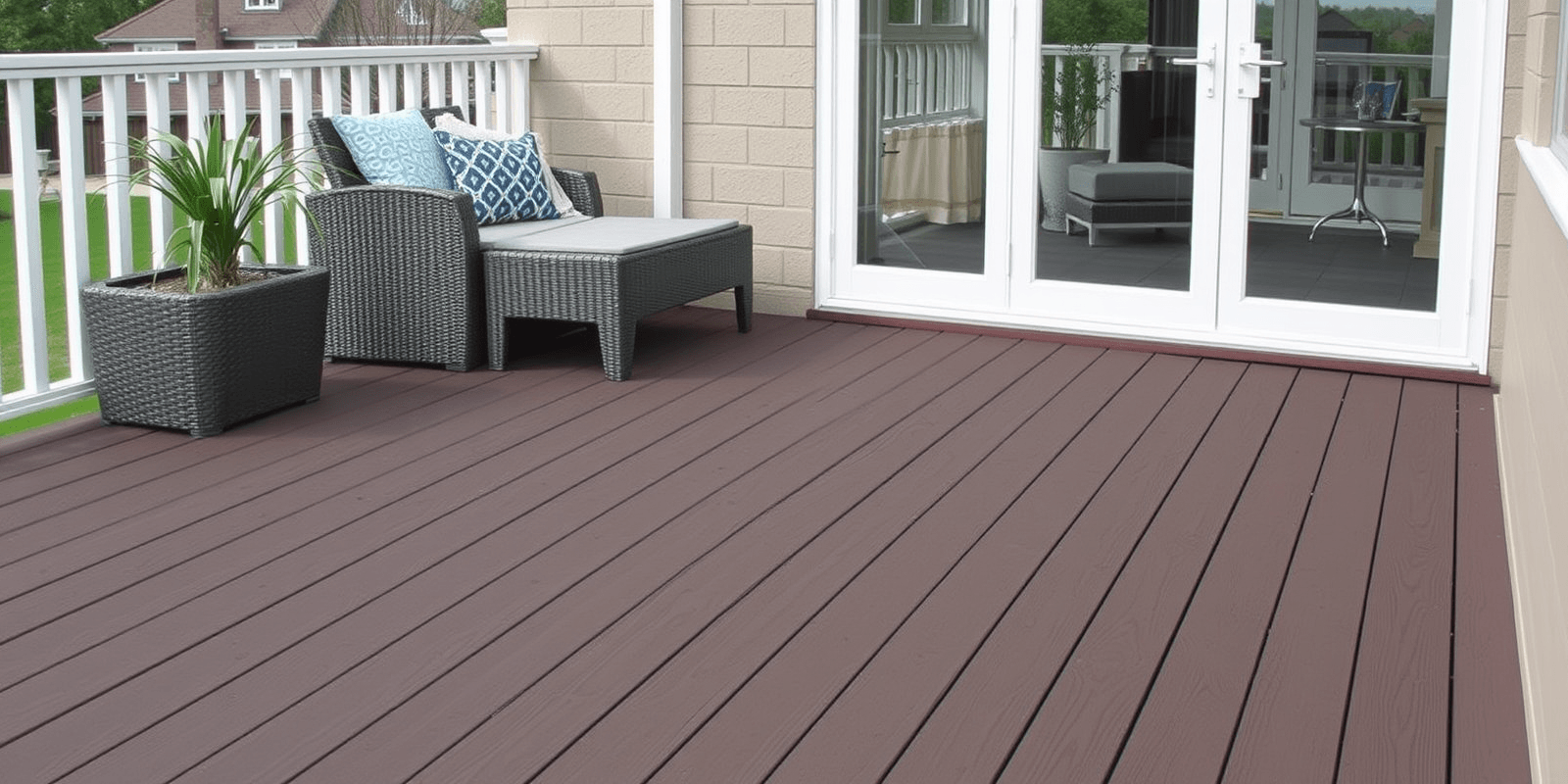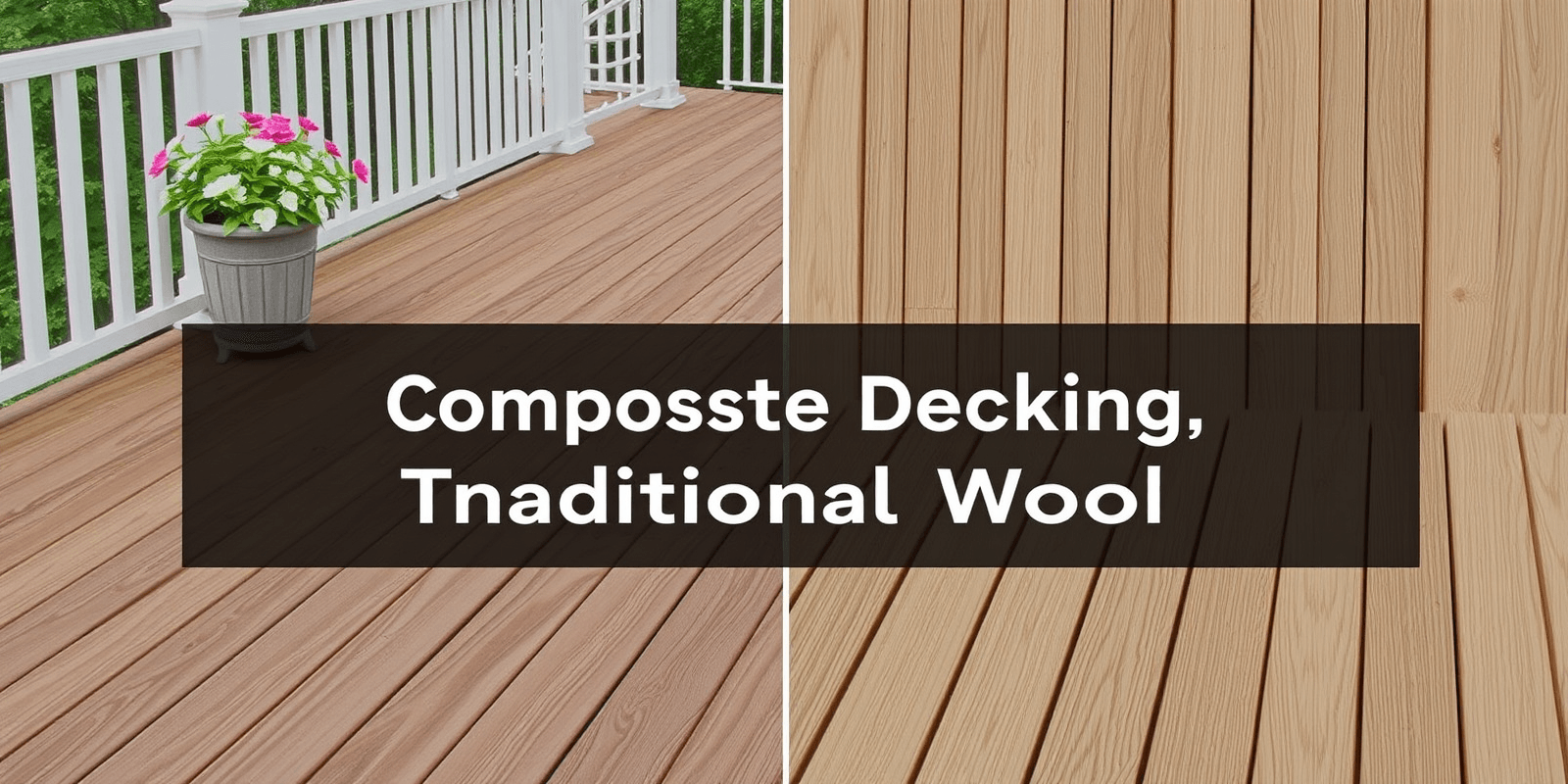Comparative Analysis of Leading Composite Decking Brands
Introduction to Composite Decking
Composite decking has become an increasingly popular choice for outdoor living spaces due to its durability, low maintenance, and aesthetic appeal. Unlike traditional wood decks that require regular sealing and painting, composite decking is made from a mixture of recycled plastic and wood fibers, offering a sustainable alternative. In this article, we will conduct a comparative analysis of some of the leading composite decking brands available in the market today. We will discuss their materials, warranties, price points, and environmental impact, providing insights into which brand might be the most suitable choice depending on specific project requirements and budget constraints.
Materials and Construction
The foundation of any composite decking product lies in its materials. For instance, Trex, one of the pioneers in composite decking, uses a combination of recycled wood and plastic, along with proprietary additives that enhance its performance. Similarly, TimberTech uses a blend of high-density polyethylene (HDPE) and reclaimed wood fibers. These materials not only ensure durability but also contribute to the environmental sustainability of these products. Another key player, Fiberon, incorporates recycled plastic bottles and wood fibers into its decking boards, making it a greener option.
Warranties and Durability
When choosing a composite decking brand, warranties are a crucial factor. Trex offers a limited residential warranty of up to 25 years, which includes protection against fading, staining, and structural defects. TimberTech also provides a robust warranty, including a 30-year limited warranty on fade and stain resistance. Fiberon’s Platinum warranty covers 25 years for residential applications, emphasizing their confidence in the longevity and quality of their products. This warranty information can help consumers make informed decisions based on the expected lifespan of the decking material.
Price Points and Cost-effectiveness
Price points vary significantly among composite decking brands. Trex, being one of the more established brands, tends to have higher price points, often ranging between $3.50 to $5.00 per linear foot. TimberTech is similarly priced, while Fiberon offers more competitive pricing, starting at around $2.50 per linear foot. However, when considering the long-term savings from reduced maintenance costs, the initial investment in higher-quality composite decking can prove to be cost-effective over time.
Environmental Impact
One of the significant advantages of composite decking is its environmental impact. Brands like Trex and TimberTech use recycled materials in their production processes, reducing landfill waste and conserving natural resources. Additionally, these materials do not require chemical treatments that can leach into the environment, making them a safer option for both the user and the ecosystem. Fiberon also emphasizes sustainability by using recycled plastic bottles in their products, contributing to a circular economy.
Conclusion
In conclusion, choosing the right composite decking brand depends on various factors, including project requirements, budget, durability, and environmental considerations. Trex and TimberTech stand out for their robust warranties and premium materials, making them ideal for high-end projects. Fiberon offers a more budget-friendly option without compromising on quality or sustainability. By carefully weighing these factors, homeowners can select a composite decking brand that best suits their needs and contributes to a sustainable future.



